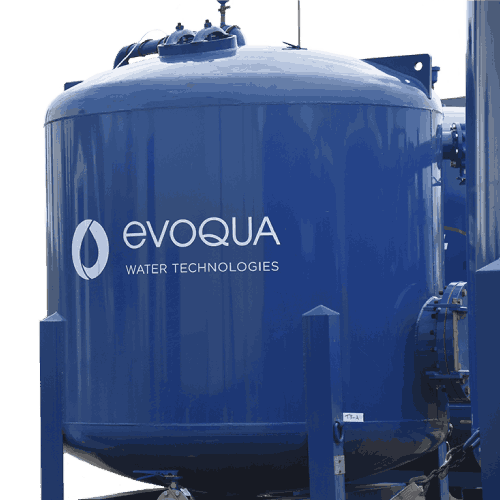
Ultimate Pressure Vessels for Pressurized Processes
Designed to deliver exceptional performance in various dewatering applications.
Material:
Volume Capacity:
Based on volume of solids and liquids to be processed, desired operating cycle time, and available space for installation.
Pressure Rating:
What are Pressure Vessels?
Pressure vessels are containers designed to hold fluids or gases at a pressure that is different from the ambient pressure. In dewatering, pressure vessels can be used to remove water from sludge or other solids by applying pressure to force water out of material resulting in a more concentrated and drier product.
A pressure vessel typically consists of a cylindrical or spherical tank made of steel or other durable materials, with ports for inlet and outlet pipes. The sludge is loaded into the vessel through the inlet port, and then pressure is applied to force the water out through the outlet port.
The pressure vessel can be operated using a variety of methods, such as pneumatic, hydraulic, or mechanical pressure. The choice of method will depend on the specific application and the properties of the material being dewatered.
Separating Solids from Liquids Via Filtration
Pressure vessels separate solids from liquids through a process called filtration. The pressure vessel is filled with a filter media, such as sand or carbon, which forces the liquid to flow through the media while trapping the solids. As the liquid is pushed through the filter media under pressure, the solids are left behind and the filtered liquid is collected and discharged. The pressure applied to the vessel helps to increase the rate of filtration and reduce the amount of time needed for the separation process. The result is a more efficient dewatering process with a higher percentage of solids removed from the liquid.
Accessories and Add-Ons
Nexgen Environmental can enhance vessel functionality and performance depending on the specific needs of the application. Customized solutions can be developed to accommodate various process requirements and optimize performance. Some common accessories include:
- Valves: Valves can be added to control the flow of liquid in and out of the pressure vessel. This can help regulate the pressure and prevent overflows or leaks.
- Gauges: Pressure gauges can be added to monitor the pressure inside the vessel and ensure that it is operating within safe and optimal limits.
- Pumps: Pumps can be added to increase the flow rate of the liquid and improve the efficiency of the dewatering process.
- Filtration media: Different types of filtration media can be added to the pressure vessel to accommodate various types of liquids and solids. This can help ensure effective filtration and separation.
- Automated controls: Automated controls can be added to regulate the pressure, temperature, and other variables inside the vessel. This can help improve the precision and consistency of the process, while also reducing the need for manual intervention.
Types of Vessel Materials
Dewatering pressure vessels are made of materials that can withstand high pressure and corrosive environments. The most common materials used for constructing pressure vessels are:
- Stainless steel: This is a popular material for pressure vessels due to its strength, durability, and resistance to corrosion.
- Carbon steel: This is another popular material for pressure vessels due to its strength and durability. However, it is more susceptible to corrosion than stainless steel.
- Aluminum: This material is often used for lightweight pressure vessels that require high strength and corrosion resistance.
- Fiberglass-reinforced plastic (FRP): This is a composite material that is often used for pressure vessels in corrosive environments, as it is resistant to a wide range of chemicals.
The material chosen for a dewatering pressure vessel will depend on several factors, such as the type of fluid being processed, the pressure and temperature requirements, and the environment in which the vessel will be used. The material must also meet safety regulations and industry standards for pressure vessel construction.
Pressure Vessels for Any Project
Versatile Pressure Vessels: Enhancing Projects with Optimal Media Solutions
Our exceptional pressure vessels are ingeniously designed to accommodate various applications, serving as reliable containers for holding media such as activated carbon or ion exchange resin. These vessels are specifically engineered to optimize flow dynamics, ensuring ideal contact time between the media and water, thereby facilitating highly effective contaminant removal.
Utilizing ion exchange resin, we harness its remarkable affinity for metals, surpassing their current charge. This exceptional resin efficiently adsorbs metals, predominantly sodium or hydrogen, delivering exceptional results in purification processes.
When it comes to eliminating hydrocarbons from water sources, our deployed activated carbon exhibits outstanding adsorption capabilities. This remarkable media expertly captures hydrocarbons, delivering water that meets the highest standards of purity.
Trust our pressure vessels to provide the perfect solution for your project, unlocking the true potential of media-based filtration for unparalleled purification processes.
